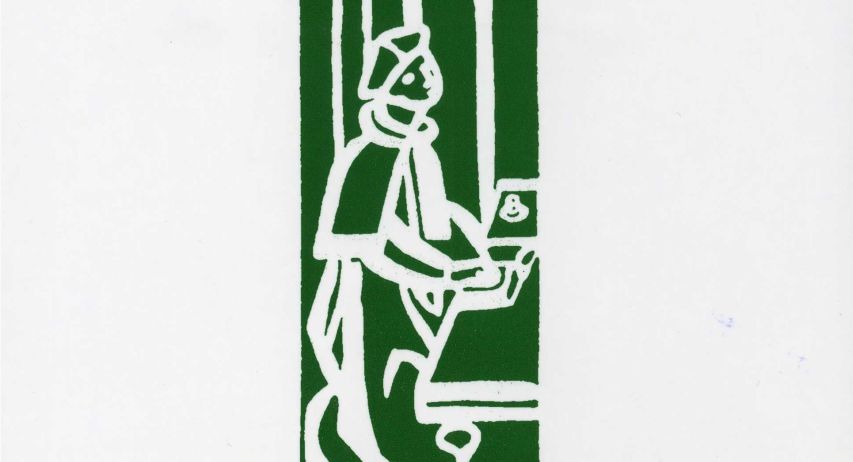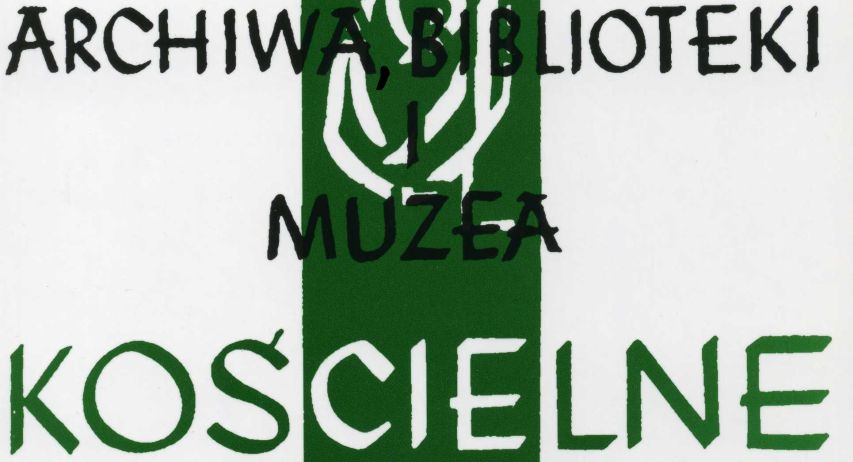Microbiological Contamination of Prints of Funeral Sermons From 1601–1700 from the Collection of the Library of the Count Wiktor Baworowski Foundation in Lviv
Agnieszka Bangrowska
University of Silesia in Katowice , Polandhttps://orcid.org/0000-0002-5151-7099
Tadeusz Maciąg
University of Silesia in Katowice , Polandhttps://orcid.org/0000-0002-3234-3951
Abstract
The subject of the research undertaken in this article was a microbiological analysis of all 17th-century prints of funeral sermons (84 volumes) from the collection of the Library of the Count Wiktor Baworowski Foundation in Lviv. The analysis of the degree of microbiological hazard was performed on prints that were characterized by clear microbial activity, i.e. any dirt, numerous stains, discolouration or deformation of the paper. All collections were sampled for the presence of mould. An imprinting method was employed, using a sterile moist tissue paper disc with a diameter of 5 cm, which was imprinted in areas characterized by microbial activity. The collected sample was transferred to a Petri dish with nutrient solution according to the Czapek-Dox method. Samples prepared in this way were kept in an incubator at 28°C. The optimal time interval after which the mycelium would overgrow the entire dish was taken as 21 days. The microbial risk assessment tests carried out showed that in two cases the diameter of all tested volumes. Therefore, the presence of live mycelium in the examined material was established, and thus the object in question is classified for immediate conservation intervention. The remaining items require no interference. The microbiological risk assessment was supplemented by qualitative analysis of microorganisms.
Keywords:
funeral sermons, microbiological evaluation, mould fungi, Library of the Count Wiktor Baworowski Foundation in LvivReferences
Bartochowska Anna, Aspergillosis of the Middle Ear in 37 Immunocompetent Patients, „Postępy w Chirurgii Głowy i Szyi / Advances in Head and Neck Surgery”, 21 (2022) nr 2, s. 26-27.
Domsch Klaus Heinz, Gams Walter, Anderson Traute-Heidi, Compendium of Soil Fungi, t. 1-2, Eching 1993.
Dyda Magdalena, Zagrożenia mikrobiologiczne zbiorów muzealnych, Warszawa 2020, s. 58-62.
Dynowska Maria, Ejdys Elżbieta, Mikologia laboratoryjna. Przygotowanie materiału badawczego i diagnostyka, Olsztyn 2011.
Dzierżanowska Danuta, Gil Lidia, Jakubas Beata, Kyrcz-Krzemień Sławomira, Styczyński Jan, Epidemiologia i diagnostyka mikrobiologiczna inwazyjnej choroby grzybiczej, „Postępy Nauk Medycznych”, 28 (2015) nr 6, s. 405.
Fasatiowa Olga, Grzyby mikroskopowe w mikrobiologii technicznej, Warszawa 1983.
Grabińska-Łoniewska Anna, Kańska Zofia, Atlas grzybów mikroskopowych, Warszawa 1990.
Gutarowska Beata, Grzyby strzępkowe zasiedlające materiały budowlane. Wzrost oraz produkcja mikotoksyn i alergenów, Warszawa 2010.
Jakucewicz Stefan, Surowce stosowane do produkcji papieru i ich odporność na starzenie, „Archiwa, Biblioteki i Muzea Kościelne”, 59 (1990) s. 179-187.
Janda-Milczarek Katarzyna, Wolska Jolanta, Dębia Kamila, Badania składu ilościowego i jakościowego grzybów zasiedlających nasiona słonecznika (Helianthus annus L.), „Pomeranian Journal of Life Sciences”, 61 (2015) nr 3, s. 342. (Crossref)
Kirk Paul M., Cannon Paul F., Minter David W., Stalpers Joost A., Ainsworth & Bisbys Dictionary of the Fungi. 10th Edition, Wallingford 2008. (Crossref)
Kumar Raj, Singh Sompal, Singh Om V., Bioconversion of Lignocellulosic Biomass: Biochemical and Molecular Perspectives, „Industrial Microbiology and Biotechnology”, 35 (2008) s. 377-391. (Crossref)
Kunicki-Goldfinger Władysław, Życie bakterii, Warszawa 2006.
Marcinkowska Joanna, Oznaczanie rodzajów grzybów sensu lato ważnych w fitopatologii, Warszawa 2012.
Nyuksha Yuliya, Biodeterioration of Paper and Books, Sankt-Peterburg 1994.
Ogierman Leonard, Konserwacja zabytkowego materiału bibliotecznego krakowskich paulinów na Skałce, Katowice 2005.
Piontek Marlena, Grzyby pleśniowe, Zielona Góra 1999.
Podbielkowski Zbigniew, Rejment-Grochowska Irena, Skirgiełło Alina, Rośliny zarodnikowe, Warszawa 1986.
Poszytek Krzysztof, Mikrobiologiczna utylizacja celulozy, „Postępy Mikrobiologii”, 55 (2016) nr 2, s. 136-147.
Przybysz Kazimierz, Technologia celulozy i papieru, cz. 2, Technologia papieru, Warszawa 1983.
Russel Stefan, Górska Ewa B., Wyczółkowski Andrzej I., Enzymy biorące udział w hydrolizie celuloz, „Acta Agrophysica”, 3 (2005) s. 27-36.
Samson Robert A., Hoekstra Ellens S., Frisvad Jens C., Introduction to Food- and Airborne Fungi, Utrecht 2004.
Sobucki Władysław, Konserwacja papieru. Zagadnienia chemiczne, Warszawa 2013.
Stryer Lubert, Biochemia, Warszawa 1986.
Strzelczyk Alicja B., Karbowska-Berent Joanna, Drobnoustroje i owady niszczące zabytki i ich zwalczanie, Toruń 2004.
Strzelczyk Alicja B., Charakterystyka zniszczeń mikrobiologicznych w zabytkowych książkach, „Notes Konserwatorski”, 1 (1998) s. 36-50.
Strzelczyk Alicja B., Karbowska Joanna, Specyficzne zniszczenia papieru – foxing i puszysta destrukcja, „Ochrona Zabytków”, 48 (1995) nr 2 (189), s. 197-205.
Strzelczyk Alicja B., Mikrobiologiczne zniszczenia zbiorów bibliotecznych. Przyczyny i objawy destrukcji, „Studia Bibliologiczne”, 10 (1997) s. 90-92.
Xuebing Zhao, Zhang Lihua, Liu Dehua, Biomass Recalcitrance. Part I: The Chemical Compositions and Physical Structures Affecting the Enzymatic Hydrolysis of Lignocelluloses, „Biofuels, Bioproducts and Biorefining”, 6 (2012) nr 4, s. 465-482. (Crossref)
Zerek Bogdan, The Preservation and Protection of Library Collections: A Practical Guide to Microbiological Controls, Oxford 2014.
Zydek Sylwia, Komunikacja w obliczu śmierci, czyli znaczenie kazań pogrzebowych w epoce staropolskiej – reformackie kazania funeralne, „Przegląd Teologiczny”, 27 (2019) nr 2, s. 167-183.
University of Silesia in Katowice https://orcid.org/0000-0002-5151-7099
License

This work is licensed under a Creative Commons Attribution-NonCommercial-ShareAlike 4.0 International License.







